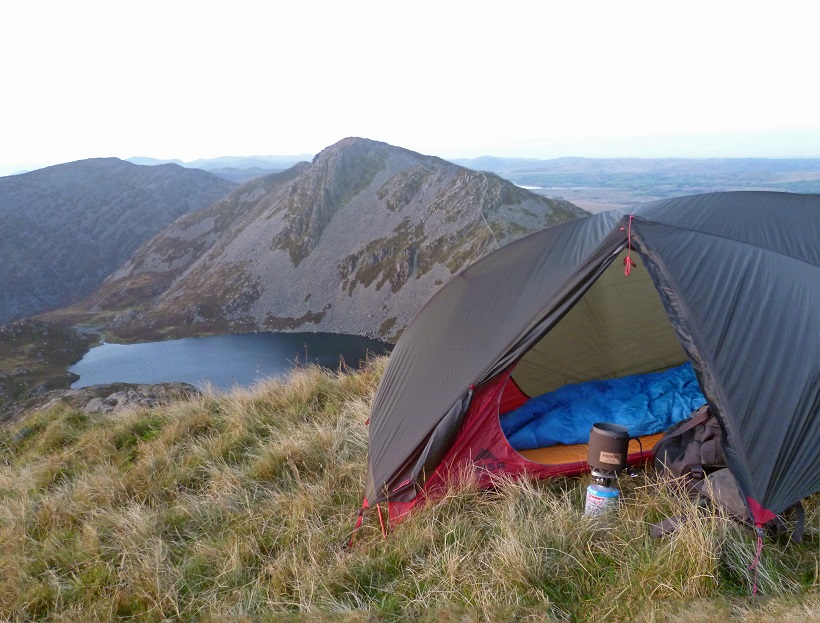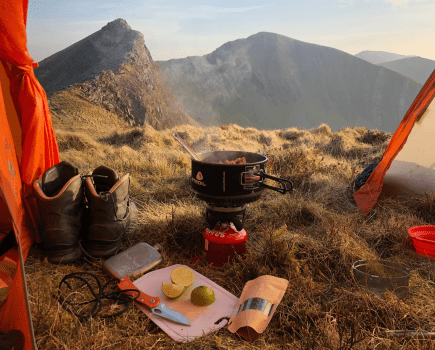Solo wild camping can be an exhilarating experience that truly provides the opportunity to engage with nature. Here, Chris Townsend offers some basic things to consider when choosing the right tent for it. When camping, always remember to follow the principles of Leave no Trace. It’s even easier when going solo!
Light weight
You’ll be carrying the whole tent so the weight really matters. No solo tent need weigh more than 1.5kg. Some weigh less than 1kg.
Ease of pitching
With no-one to help you the tent should be simple to put up single-handed whatever the conditions.
Packed bulk
The smaller the tent packs down, the less space it takes up in your pack. Bulky tents can mean a bigger, heavier pack. Look for one that’s compact
Design
The two best designs for solo tents are single-hoops and pyramids. The first are double-skin so you have an inner tent to protect against breezes, drips from condensation and biting = insects. Pyramids pitch with a single pole and have good headroom – they’re excellent if you’re tall. Inner tents may be optional extras and are often just made of mesh. Outside midge season pyramids can be used with just a groundsheet.
Pole options
If you use trekking poles these can be used to support a pyramid, saving the weight of tent poles.
Capacity
Whatever the design there should be space to store gear under cover and space for safe cooking in the porch in bad weather.








